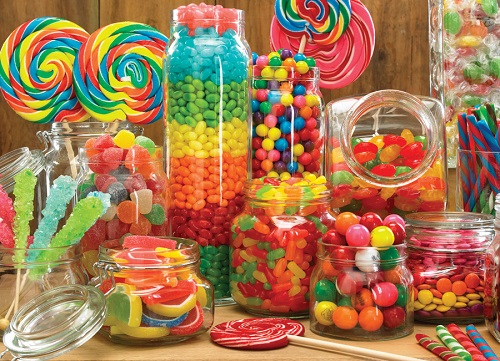The Importance of Baby Teeth
Why are baby teeth important? Your child needs their baby teeth to be healthy to chew their food, speak, and keep the space needed for their[…]
Dr. Tim M. Verwest, DMD sponsors South Ft. Myers High School Band
FORT MYERS, Fla. (May 15, 2015) – Pediatric Dentistry of Ft. Myers, Dr. Tim Verwest, DMD made a donation to the South Ft. Myers[…]
Brace Yourself! Does My Child Need Braces?
For some children, getting braces is something they actually look forward to. For other children, there is a lot of fear and concern. Making the[…]
Common Dental Health Questions
Are dental x-rays safe? Exposure to any source of radiation isn’t ideal, but fortunately the dose of radiation you get from taking x-rays is extremely[…]

How to Prevent Tooth Decay During the Holidays
It’s the most wonderful time of year! For both your child and the cavity-causing bacteria in their mouth. It’s hard to find a child who[…]

Top 10 Myths About Children’s Teeth
Baby teeth aren’t important. They’re just going to fall out anyway. It is true that none of your child’s 20 baby teeth will survive into their teenage[…]
Pediatric Dentistry FAQs
What should I use to clean my baby teeth? Before your baby’s teeth erupt, you should clean their gums with a wet piece of gauze[…]
Best Mouthwash For Kids
Mouthwash comes in a close 3rd when it comes to keeping your mouth healthy – right behind brushing and flossing daily. Here are 4 health[…]
10 Tricks to Improve Your Kids Brushing Habits!
Many parents of young children wrestle with the nightly challenge of getting their kids ready for bed and settled down to sleep. And one very[…]
The Who’s, What’s, and Why’s of Taking Care of Your Teeth
Dentists say that the most important part of tooth care happens at home. Brushing and flossing properly, along with regular dental checkups, can help prevent tooth[…]
